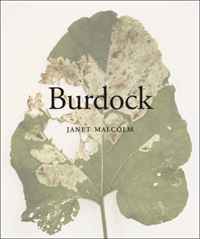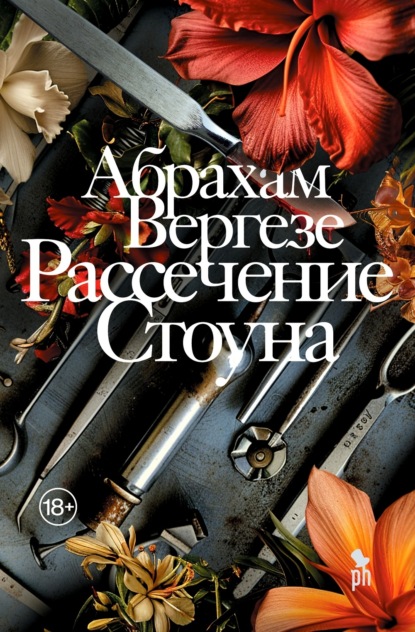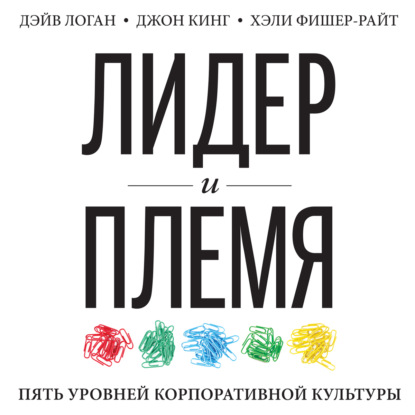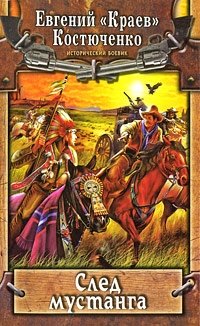Over the course of three summers in New England, Malcolm gathered leaves of the burdock plant, a “large rank weed” with medicinal properties “that grows along roadsides and in waste places and around derelict buildings.” Influenced by Richard Avedon’s unsparing portraits of famous people, Malcolm is drawn to “uncelebrated leaves” on which “life has left its mark,” through the ravages of time, weather, insects, or blight. In her introduction, Malcolm reminds us that writers like Chekhov and Hawthorne have used burdock “to denote ruin and desolation.” And yet, for Malcolm, Burdock is an homage to the botanical illustrators who recognized “the gorgeousness of the particulars of the things that are alive in the world.” “Burdock consists of a series of large color photographs portraying a single, unusual kind of leaf in various stages of growth and decay. As such, it is a work of botanical and indeed philosophical interest as well as an art book. Like all of Malcolm’s work, this project entails looking with a steely but sympathetic and extremely intelligent eye at the world around her, zeroing in on the oddities that others might miss and using them as clues through which she solves the larger mystery.”—Wendy Lesser Malcolm’s leaves will be shown at the Lori Bookstein Fine Arts Gallery in New York, September 9–October 11, 2008.“Looking at natural forms close up is an exercise in awe.”—Janet Malcolm Это и многое другое вы найдете в книге Burdock (Janet Malcolm)
Burdock Janet Malcolm (книга)
Подробная информация о книге «Burdock Janet Malcolm». Сайт не предоставляет возможности читать онлайн или скачать бесплатно книгу «Burdock Janet Malcolm»















